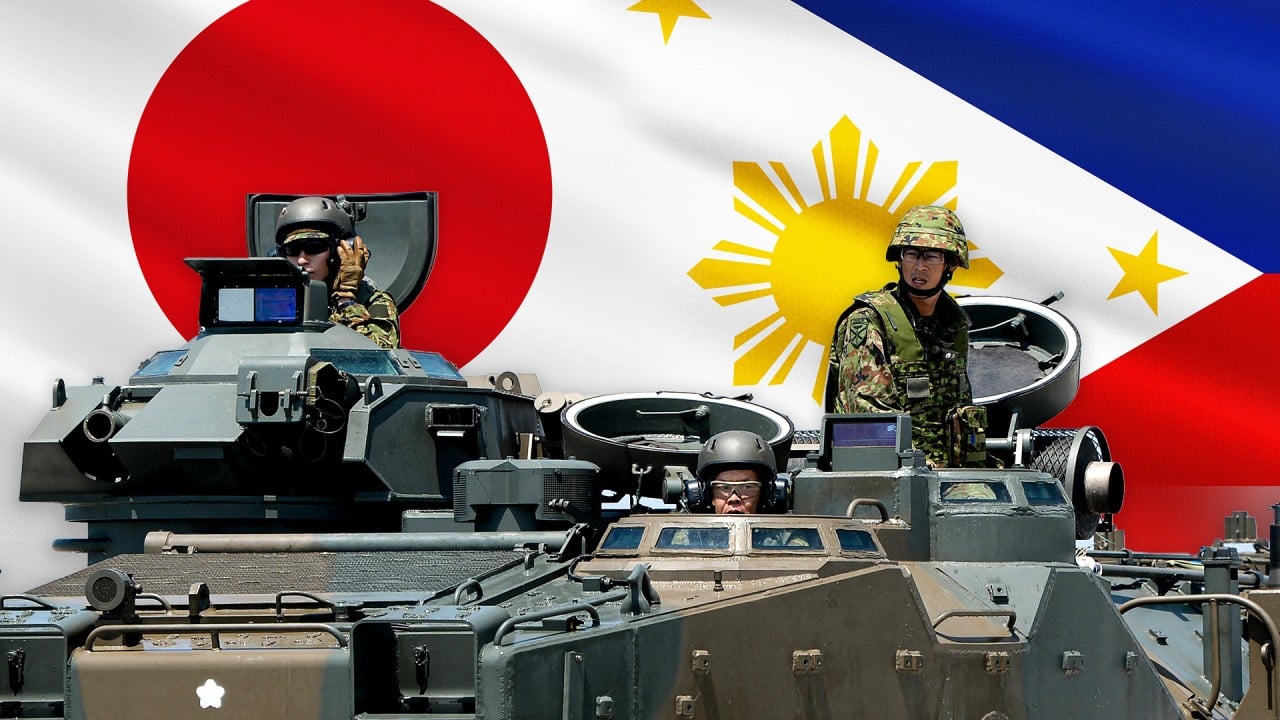The second phase will involve Australia, Bangladesh, the United Arab Emirates, Singapore, Greece, the United States. It will run from August 29 to September 14 in Jodhpur in northern Rajasthan state.
The presence of the air force chiefs of France, Germany and Spain during the first phase “underscored the importance” of this multinational endeavour, according to India media reports.

Harsh Pant, vice-president for studies and foreign policy at the Delhi-based Observer Research Foundation think tank, said the “eclectic” group of countries hosted by India showed that it was capable of mobilising a range of countries which may not have similar views on strategic issues.
The countries came together to strengthen operational efficiency and address common challenges, Pant said, adding that the exercises also showcased India’s ability in global defence cooperation.
“It is also a message to China that in a day and age when [Beijing] is part of a broader global geopolitical contestation with the West, India still has the ability to mobilise Western partners along with countries in the Global South,” Pant said.
Pointing to China’s growing influence in the Global South – a term referring to developing countries – Pant said Beijing was unable to bring Western nations on board, thereby limiting its “operational effectiveness”.
“Unlike China whose rise and profile is very contested, India is still a country with whom the wider world is relatively comfortable with,” Pant added.
Ian Hall, professor of international relations at Australia’s Griffith University, said the exercise was largely about defence diplomacy and strengthening the air force’s international networks, as well as improving operational cooperation.
“[It is also about] advertising aircraft made in India to potential buyers overseas, including the indigenous Tejas fighter,” Hall said.

Tejas fighters, also known as light combat aircraft, are produced by Indian state-owned aerospace company Hindustan Aeronautics Limited in two production lines in Bengaluru, with a third production line in Maharashtra due to open in October.
Plans are underway to sell the Tejas aircraft to Argentina and Egypt, while Australia, Indonesia and the Philippines have also expressed interest in acquiring them.
The single-engine multirole fighter aircraft are said to be capable of operating in high-threat air environments to carry out missions on air defence, reconnaissance and strike roles.
“India is working to boost its own military capabilities by working with others and to strengthen relationships with like-minded states from Europe to East Asia,” Hall said.
Satoru Nagao, non-resident fellow at the Washington based Hudson Institute, said that by inviting a wide range of countries, India wanted to use its military power “to put pressure on” China to ease tensions on the India-China border.
Last month, on the sidelines of the Shanghai Cooperation Organisation summit in Kazakhstan, Chinese Foreign Minister Wang Yi and his Indian counterpart Subrahmanyam Jaishankar said both countries should double their efforts to resolve their differences and resume normal ties.
Ties between the Asian rivals deteriorated sharply following a clash in June 2020 between their soldiers. Backed by heavy artillery and fighter jets, an estimated 50,000 troops from each side still remain amassed at hotspots in the Himalayas, where they share a long border.
Nagao said India, as a member of the Quadrilateral Security Dialogue grouping which also included Australia, Japan and the United States, was underplaying the bloc’s status as a military alliance.
“[But] it can be a military alliance if China provokes India,” Nagao said.
The exercise was supposed to include Japan, which could not participate as it was already committed to the Pitch Black 2024 exercises in Australia, Nagao said.
The largest international air exercise in the Southern Hemisphere, Pitch Black is held every two years in Darwin, Australia, and this year’s edition ended on August 2 after three weeks of training.
Apart from holding the annual Malabar naval exercises, the Quad – revived in recent years to counter China’s growing influence – is also aimed at assisting countries in the Asia-Pacific region in areas as diverse as health, climate, infrastructure, critical and emerging technologies, space and cybersecurity.
Nagao said European countries participating in the Tarang Shakti were also involved in the Pitch Black drills, noting that these nations “want to engage and show their influence in this region”.
“Europe’s move in the Indo-Pacific is welcome news for Quad countries,” Nagao said.


